Don’t Mess With Me: The Strange Lives of Venomous Sea Creatures
(How Nature Works series)
Author: Paul Erickson
Photographer: Andrew Martinez
Published
Summary: How Nature Worlds books don’t just catalog the natural world in beautiful photographs. They seek to understand why nature functions as it does. They ask questions, and they encourage readers to ask more. They explore nature’s mysteries, sharing what we know and celebrating what we have yet to discover.
Scorpions and brown recluse spiders are fine as far as they go, but if you want daily contact with venomous creatures, the ocean is the place to be. Blue-ringed octopi, stony corals, sea jellies, stonefish, lionfish, poison-fanged blennies, stingrays, cone snails, blind remipedes, fire urchins—you can choose your poison in the ocean. Venoms are often but not always defensive weapons. The banded sea krait, an aquatic snake, wriggles into undersea caves to prey on vicious moray eels, killing them with one of the world’s most deadly neurotoxins, which it injects through fangs that resemble hypodermic needles.
About the Creators:
Paul Erickson creates websites, exhibits, guides, and videos for zoos, museums, and aquariums nationwide. He has authored or co-authored numerous magazine articles and three books about undersea life. His book The Pier at the end of the World (Tilbury House) was named an Outstanding Science Trade Book of 2016 by the National Science Teachers Association.
Andrew Martinez specializes in images of the undersea world and is the author and photographer of Marine Life of the North Atlantic. He travels the world to photograph sea life, and was the photographer for The Pier at the End of the World.
Review: Don’t Mess with Me is a step up on the reading ladder from basic nonfiction books about undersea life because it takes the basic information about these venomous sea creatures and dives deeply (pun intended) into the actually whys and hows of their existence.
I was fascinated by so many of the facts in the book, and I loved learning about creatures I didn’t know about as well as learning more about ones I did. Check out the Flagged Passages to see how in depth the authors got which allows the reader to get a quite solid foundation about the different creatures. Additionally, the photographs are so cool because many of these creatures live where we’ll never see them.
Teachers’ Tools for Navigation: Use the Nature Works series (Catching Air; City Fish, Country Fish; Extreme Survivors; and One Iguana, Two Iguanas) in a lit circle/jigsaw setting where each group becomes an expert on the different topics in the series the creates a presentation of their choosing to share what they learned about nature with their classmates.
Discussion Questions:
- What is the difference between poisonous and venomous?
- What are some clues that an animal is venomous?
- Why are some animals in the sea venomous?
- How does the “How Nature Works” text features help when reading this nonfiction text?
- What are some ways that animals are venomous?
- Pick a venomous sea creature. Create a list of 5 facts about the sea creatures to share with your classmates.
Flagged Passages:
Read This If You Love: Nonfiction texts exploring nature and animals
Recommended For:
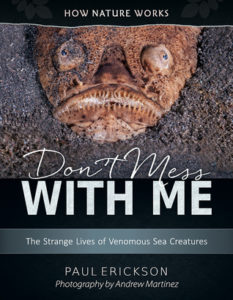
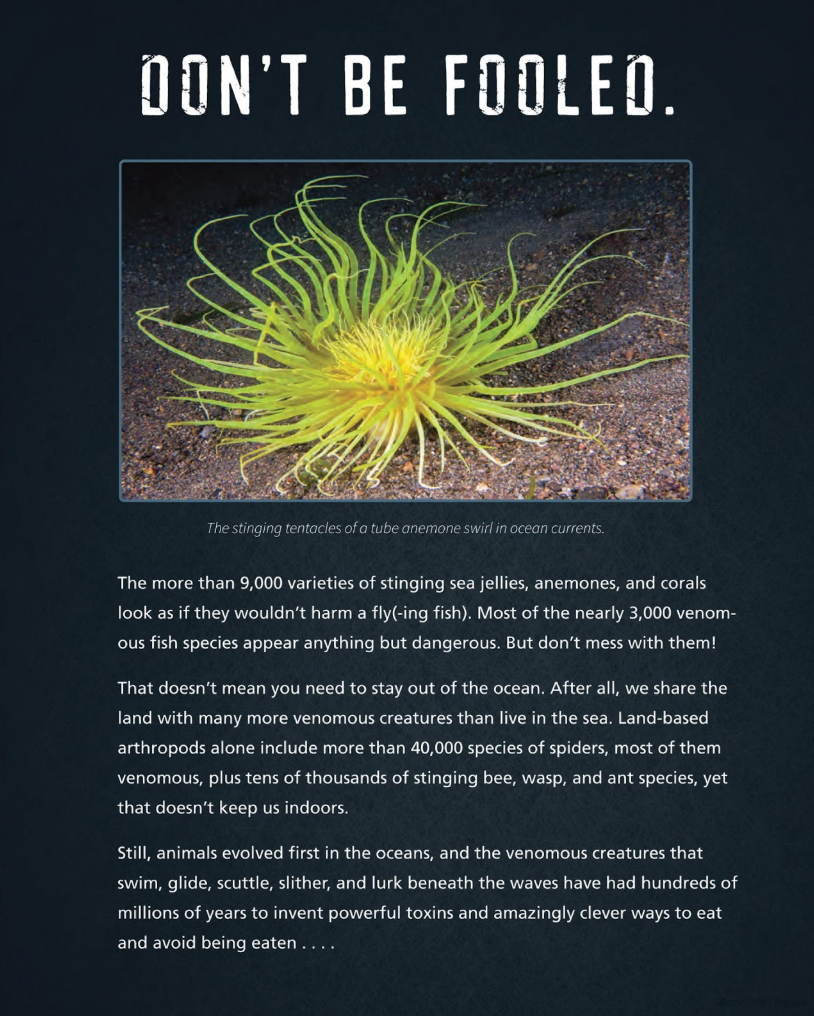
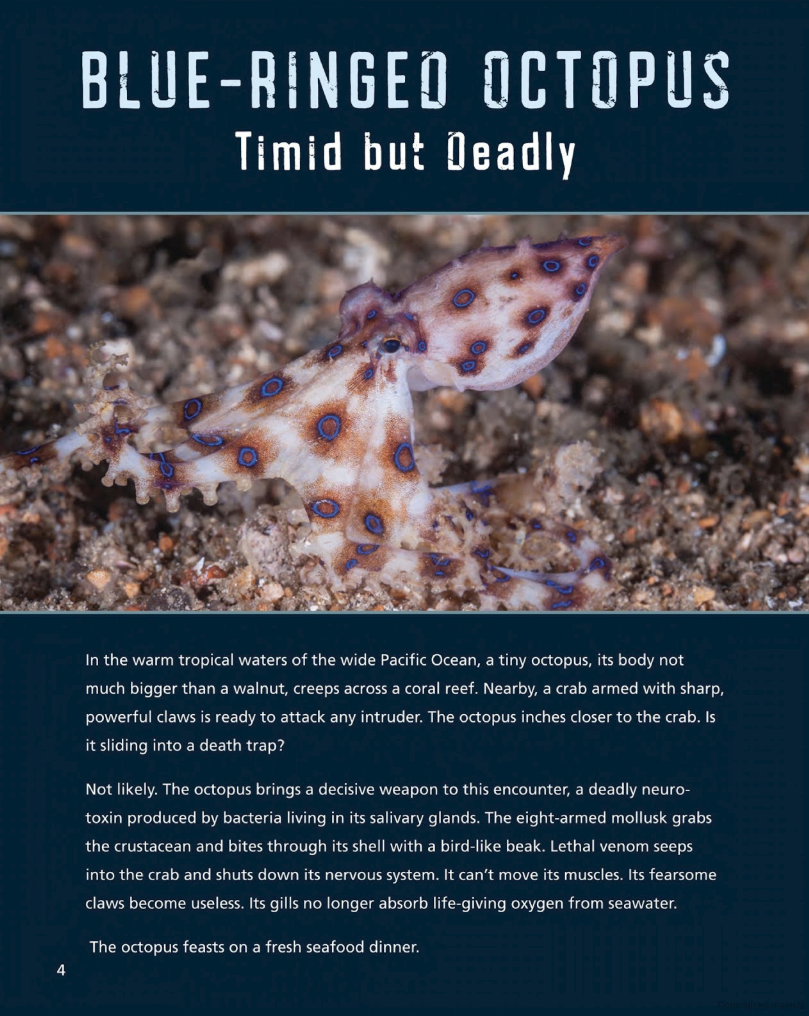
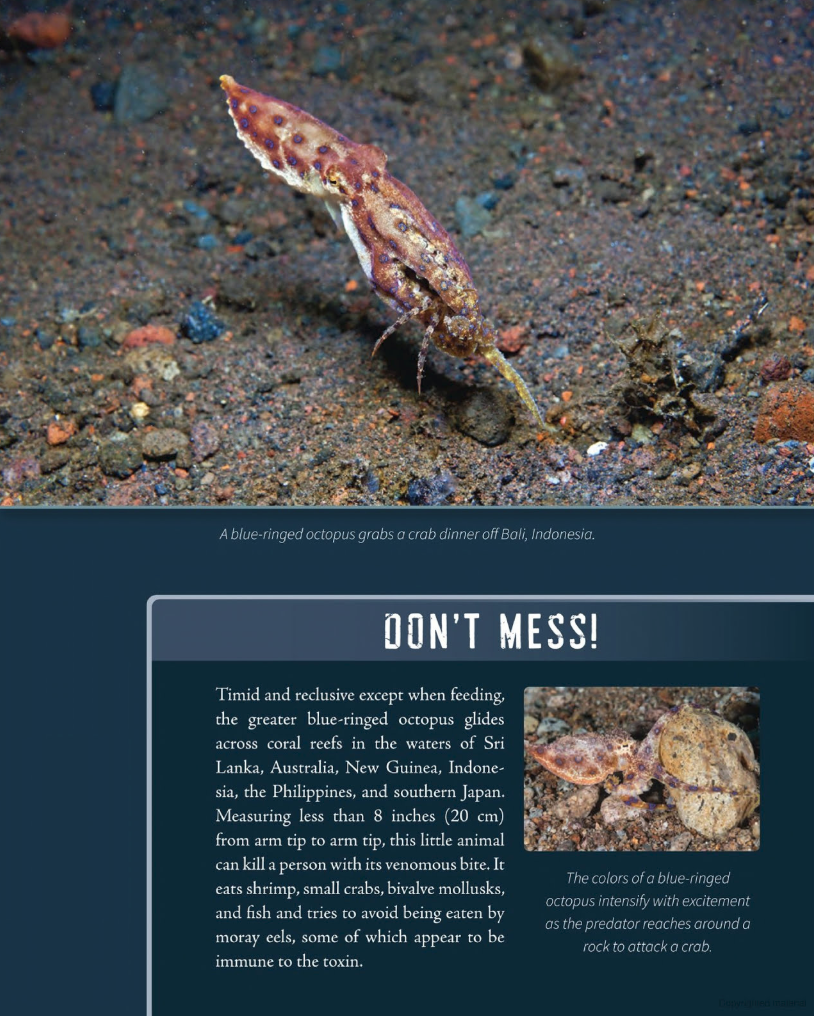
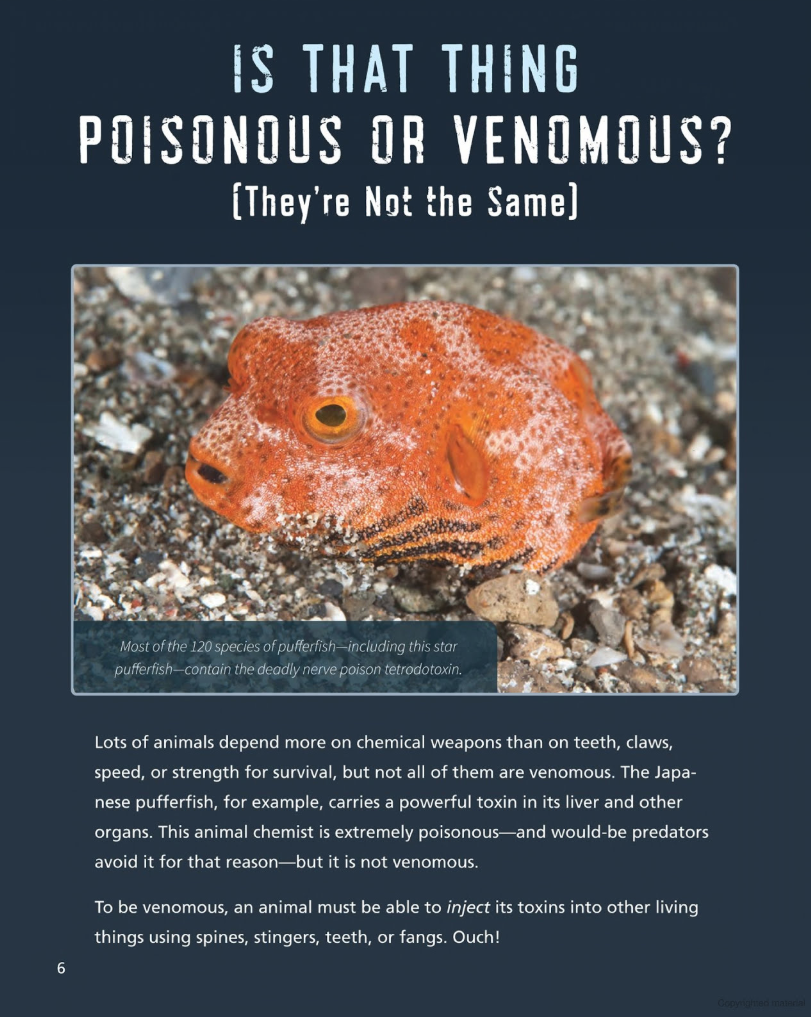
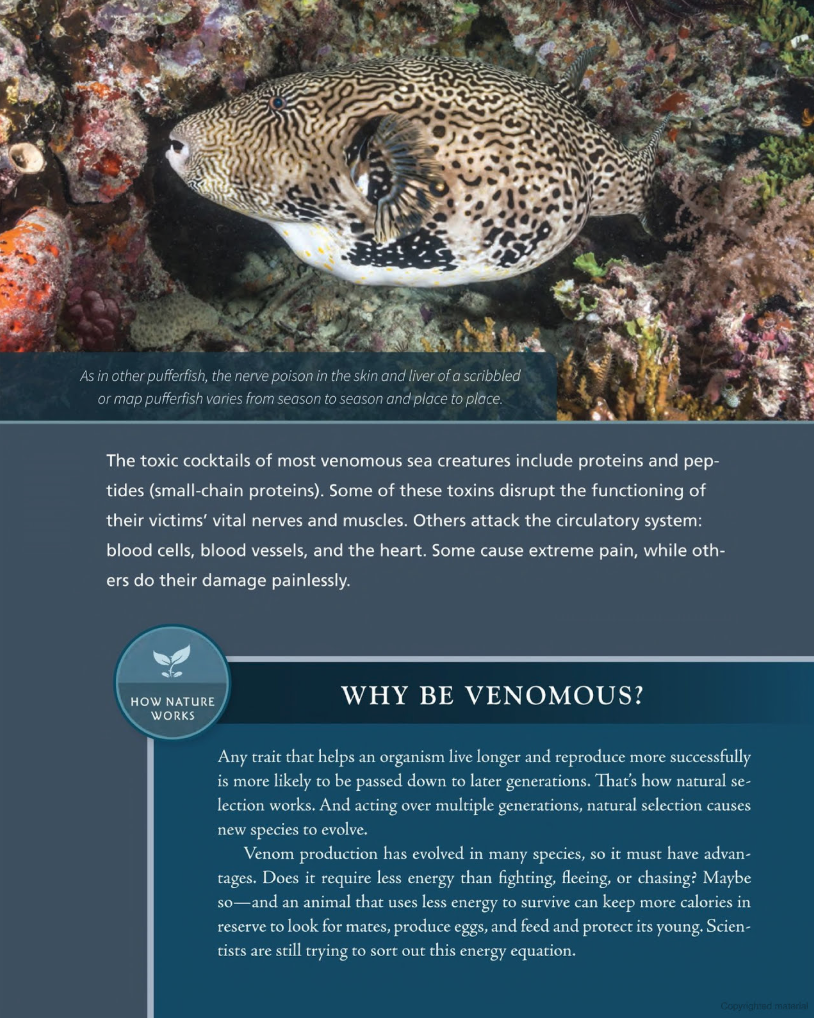


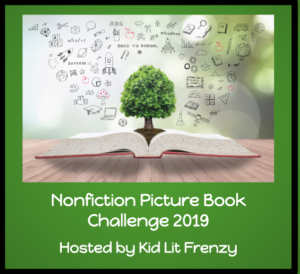

I imagine there are those kids who will love reading about these poisonous creatures. It looks very thorough. Thanks, Kellee!
Thank you for spotlighting our new book Don’t Mess with Me. We hope it inspires some students to dive deeper into science and all things alive and exciting. (Paul Erickson, Tibury House Author)